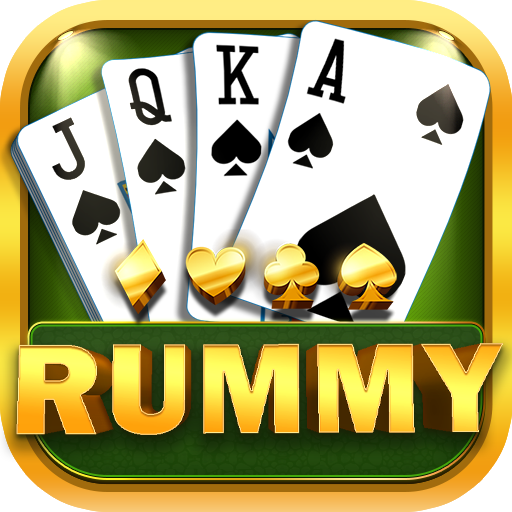Rules of Rummy, Rummy is a popular card game enjoyed by players of all ages across the globe. Its blend of skill, strategy, and chance has made it a favorite in both casual and competitive settings. While there are many variations of rummy, the fundamental rules remain largely consistent. This article provides a comprehensive overview of the basic rules of rummy, guiding you through the essential aspects of gameplay, card combinations, and winning strategies.
Objective of the Game
The primary objective in rummy is to form valid sets and sequences of cards to be the first player to declare and win the game. A set consists of three or four cards of the same rank but different suits, while a sequence is a run of three or more consecutive cards of the same suit. Players aim to arrange their cards into these combinations to “meld” them, thereby minimizing the total value of unmatched cards (deadwood).
Basic Gameplay Rules
- Number of Players
- Description: Rummy is typically played with 2 to 6 players. The game can be played with a single deck for fewer players or with multiple decks for larger groups.
- Card Values
- Description: The value of cards in rummy is as follows:
- Number Cards (2 to 10): Face value (e.g., a 5 of hearts is worth 5 points).
- Face Cards (Jacks, Queens, Kings): Each is worth 10 points.
- Aces: Can be worth 1 or 11 points, depending on the variant being played.
- Description: The value of cards in rummy is as follows:
- Setup and Deal
- Description: The game begins with the dealer shuffling the deck and dealing a specific number of cards to each player. In a standard game, each player receives 10 cards. The remaining cards form the stockpile, and the top card is placed face up to start the discard pile.
- Turn Sequence
- Description: Players take turns in a clockwise direction. Each turn consists of:
- Drawing a Card: A player draws a card either from the stockpile or the discard pile.
- Melding (Optional): After drawing, a player can choose to lay down valid sets or sequences.
- Discarding a Card: To end their turn, the player must discard one card from their hand to the discard pile.
- Description: Players take turns in a clockwise direction. Each turn consists of:
- Melding Rules
- Description: To declare and end the game, players must form at least one valid sequence and one valid set. The combinations must be arranged according to the rules:
- Set: Three or four cards of the same rank but different suits (e.g., 7 of hearts, 7 of spades, 7 of clubs).
- Sequence: Three or more consecutive cards of the same suit (e.g., 4, 5, and 6 of diamonds).
- Description: To declare and end the game, players must form at least one valid sequence and one valid set. The combinations must be arranged according to the rules:
- Declaring and Winning
- Description: A player can declare and end the game if they have successfully formed valid sets and sequences, with any remaining cards being used to complete the required combinations. When declaring, the player reveals their cards and presents their melds. If the declaration is valid, the game ends, and the player wins.
Scoring and Points
- Deadwood Points
- Description: Cards that are not part of any valid set or sequence are considered deadwood. The total point value of deadwood cards is used to determine the player’s score. The goal is to minimize the deadwood points.
- Winning and Scoring
- Description: The winner is the player who declares successfully by forming valid sets and sequences and minimizing deadwood. Points are calculated based on the value of deadwood cards remaining in the opponents’ hands. The game can be played in multiple rounds, and the player with the lowest total score at the end of all rounds wins.
Common Variations
- Indian Rummy: Played with two decks and includes the option to use jokers. The primary rule is to form at least two sequences, one of which must be a pure sequence (without jokers).
- Gin Rummy: A two-player version where the objective is to form sets and runs before your opponent. Players draw and discard cards to improve their hands.
- Kalooki: Involves forming two sequences and two sets to win. Jokers are often used as wild cards.
Conclusion
Rummy is a classic card game that combines strategy, skill, and a touch of luck. Understanding the fundamental rules of rummy is essential for both new and experienced players. By mastering the basic rules, such as card values, turn sequences, and melding requirements, players can enhance their gameplay and increase their chances of success. Whether you’re playing a casual game with friends or participating in a competitive tournament, these foundational rules will serve as a solid basis for enjoying the rich and rewarding experience of rummy.




